
- Home
- Photography Tours
- Diary / Blog
- Galleries
- Foreign Trips
- Tasmania 2016
- NE Queensland 2016
- Western Alps 2016
- NE Spain 2016
- Australia's Wet Tropics 2015
- Australia's Top End 2015
- SW Australia 2015
- Switzerland 2015
- Andalucia 2015
- Belize 2015
- Australia 2014
- Switzerland 2014
- Belize 2014
- Bahama Islands 2014
- Switzerland 2013
- Ecuador 2012-2013
- Florida 2011-2012
- Vancouver Island 2011
- Australia 2010
- Peru 2008
- Bulgaria 2007
- Lesvos 2006
- California 2006
- New Zealand 2005
- Extremadura 2005
- Goa, India 2004
- The Gambia 2003
- About
Tasmania, Australia
November / December 2016
Part 8 : Pelagic Boat Trip from Eaglehawk Neck (10th December)
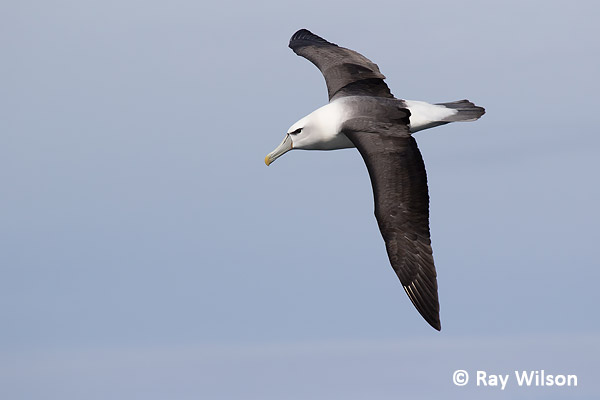
"Shy-type" Albatross (Thalassarche steadi/T. cauta)
My second pelagic boat trip was every bit as quiet as the first one 3 weeks ago. Bird numbers were pretty low again but several of the species seen were not seen on the first trip so it was well worthwhile and even if there had been nothing different it is always a joy to watch the albatrosses.
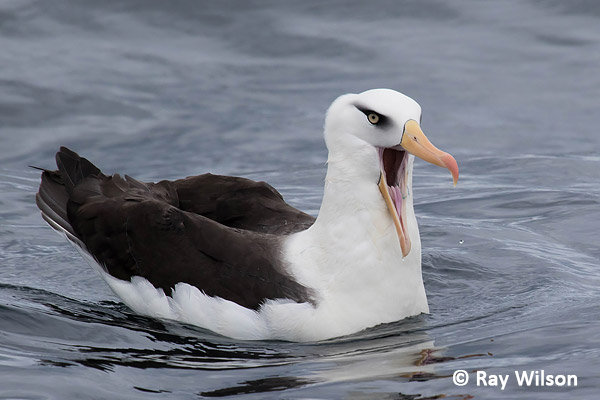
Campbell Albatross (Thalassarche impavida)
The star of the show was a beautiful adult Campbell Albatross. This was previously regarded as a subspecies of Black-browed Albatross but is now generally accepted to be a full species.
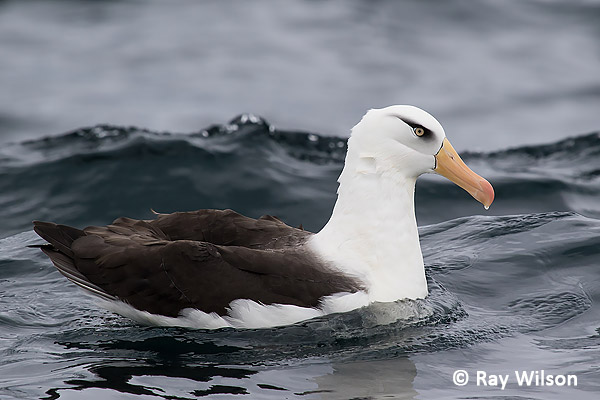
Campbell Albatross (Thalassarche impavida)
Adults can be fairly easily separated from Black-browed by their striking straw-coloured eyes and darker, more defined, triangular black eyebrow.
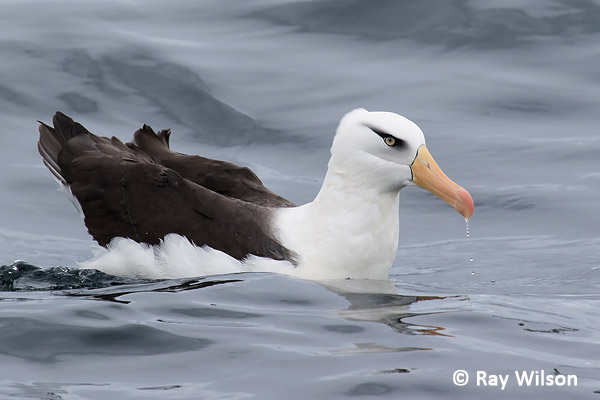
Campbell Albatross (Thalassarche impavida)
The main difference between this pelagic and the last one was the prescence of more of the smaller seabirds, the commonest of which was the Fairy Prion with up to six visible at a time.
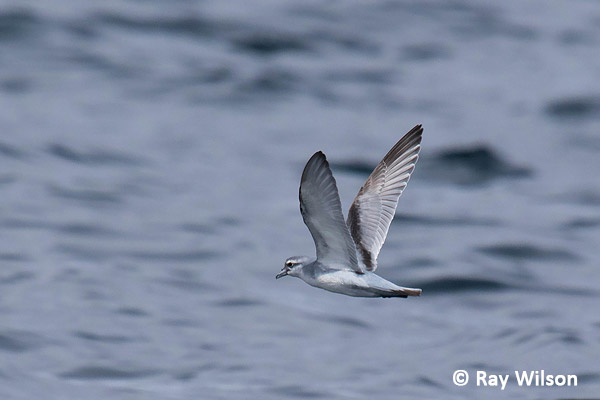
Fairy Prion (Pachyptila turtur)
Three species of storm-petrels were seen during the day: Wilson's, White-faced and Grey-backed. Unfortunately, I didn't get any sharp images of the Grey-rumped which was the one and only lifer for me out of the two pelagic trips, but at least I got reasonably ok shots of the other two...
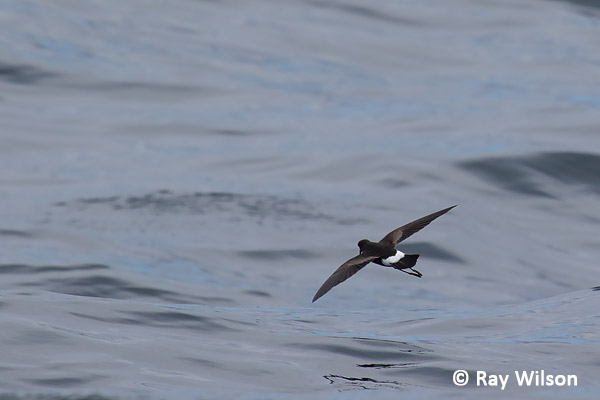
Wilson's Storm-petrel (Oceanites oceanicus)
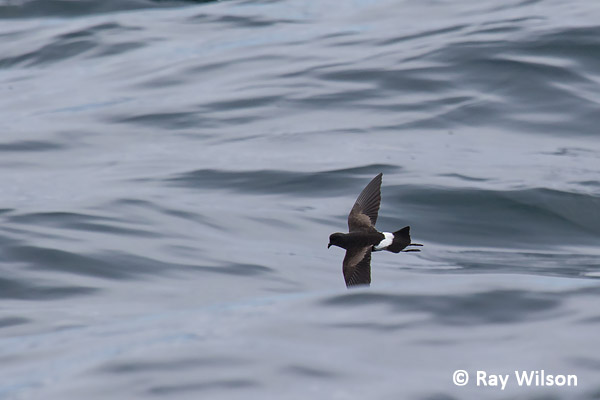
Wilson's Storm-petrel (Oceanites oceanicus)

White-faced Storm-petrel (Pelagodroma marina)
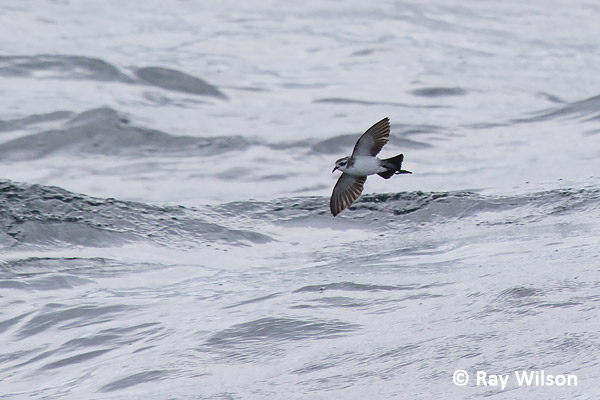
White-faced Storm-petrel (Pelagodroma marina)
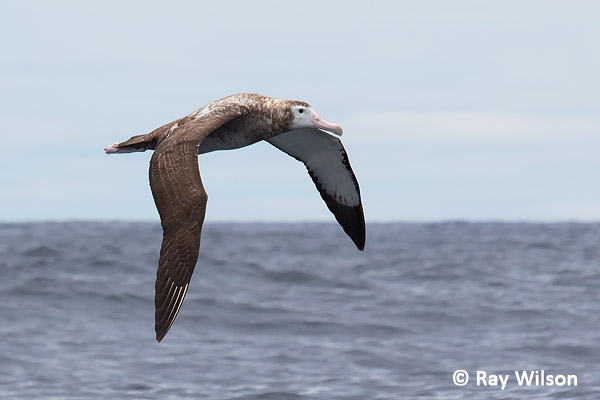
immature Wandering Albatross (Diomedea exulans)
On our jouney back, as we were steaming back towards the shore, a massive immature Wandering Albatross briefly came to investigate us.
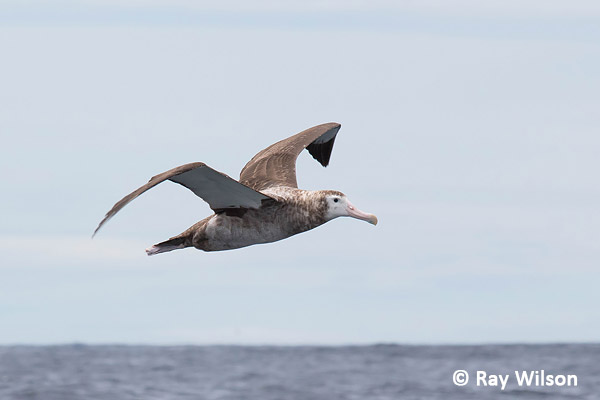
immature Wandering Albatross (Diomedea exulans)
With a wingspan of up to 3.5m, Wandering Albatross has the largest wingspan of any bird, although it is very difficult to identify in its younger immature plumages from the slightly smaller gibsoni race of Antipodean Albatross. The long, massive bill with the feathering at the base of the bill extending further along the lower mandible than the upper mandible identify this individual as an immature Wandering Albatross.
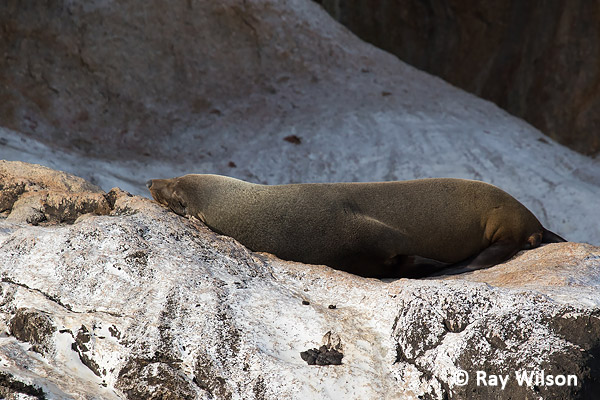
Australian Fur Seal (Arctocephalus pusillus)
A reasonably-sized colony of Australian Fur Seals are usually basking on the rocks at the base of the cliffs on the islands just off-shore. I was told there are usually a few New Zealand Fur Seals in among them but, as far as I can tell, there are none of this very similar species in any of the photos I took.
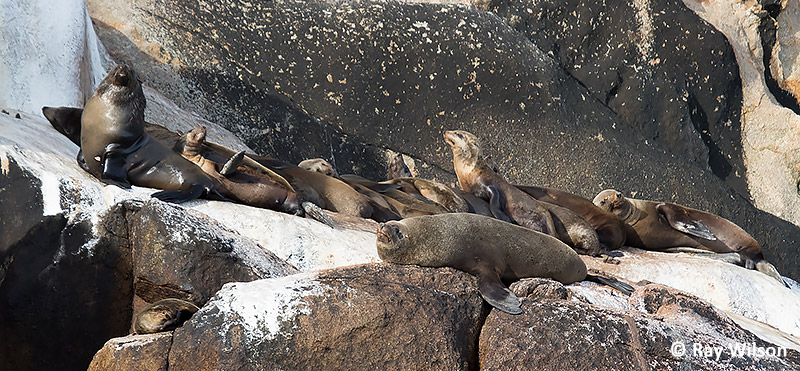
Australian Fur Seals (Arctocephalus pusillus)
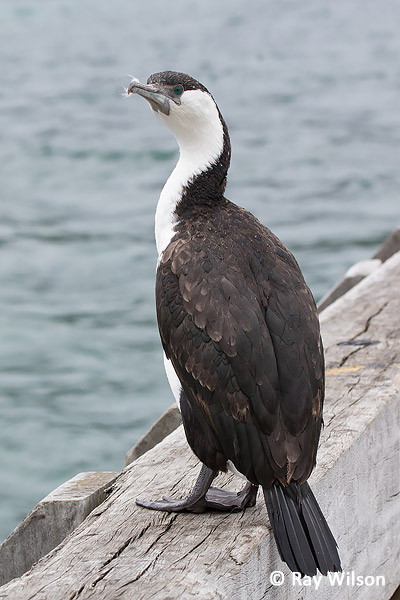
|
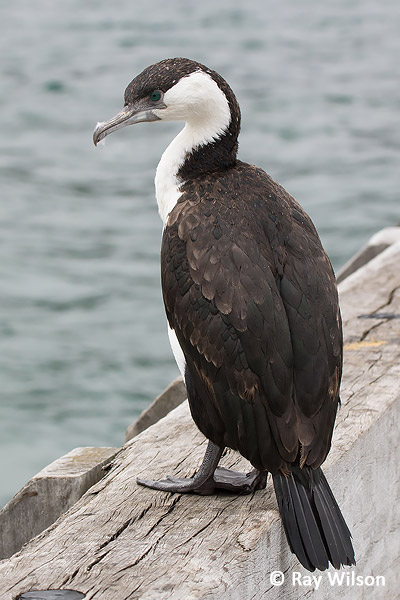
|
Black-faced Cormorant (Phalacrocorax fuscescens)
A very confiding Black-faced Cormorant was waiting for us at the dockside in the hope of getting handouts from fishermen.
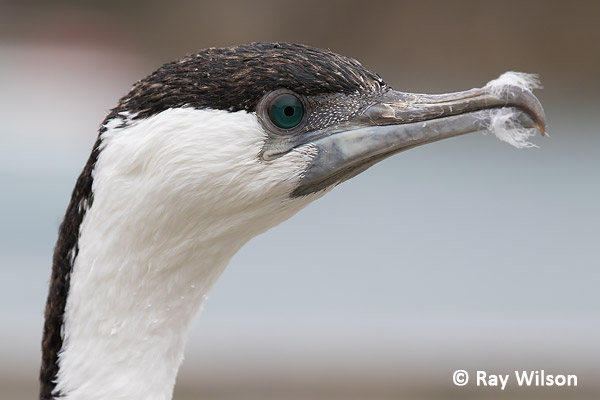
Black-faced Cormorant (Phalacrocorax fuscescens)

Black-faced Cormorant (Phalacrocorax fuscescens)
Ray Wilson owns the copyright of all images on this site.
They may not be used or copied in any form without prior written permission.
raywilsonphotography@googlemail.com